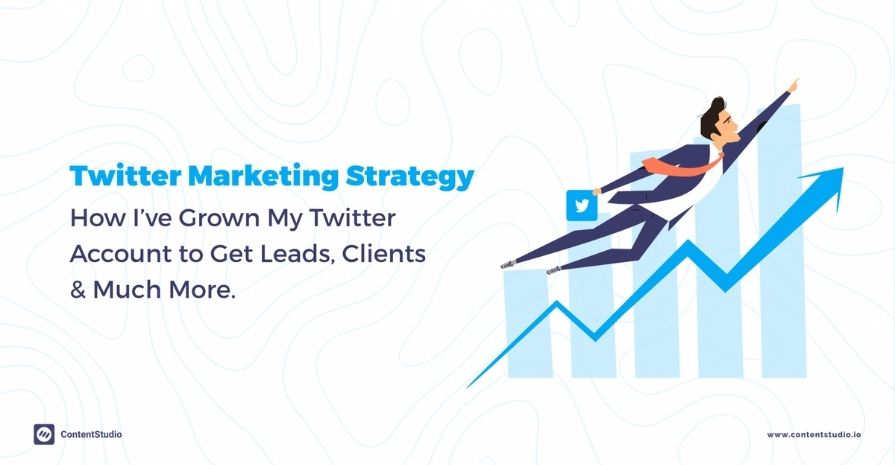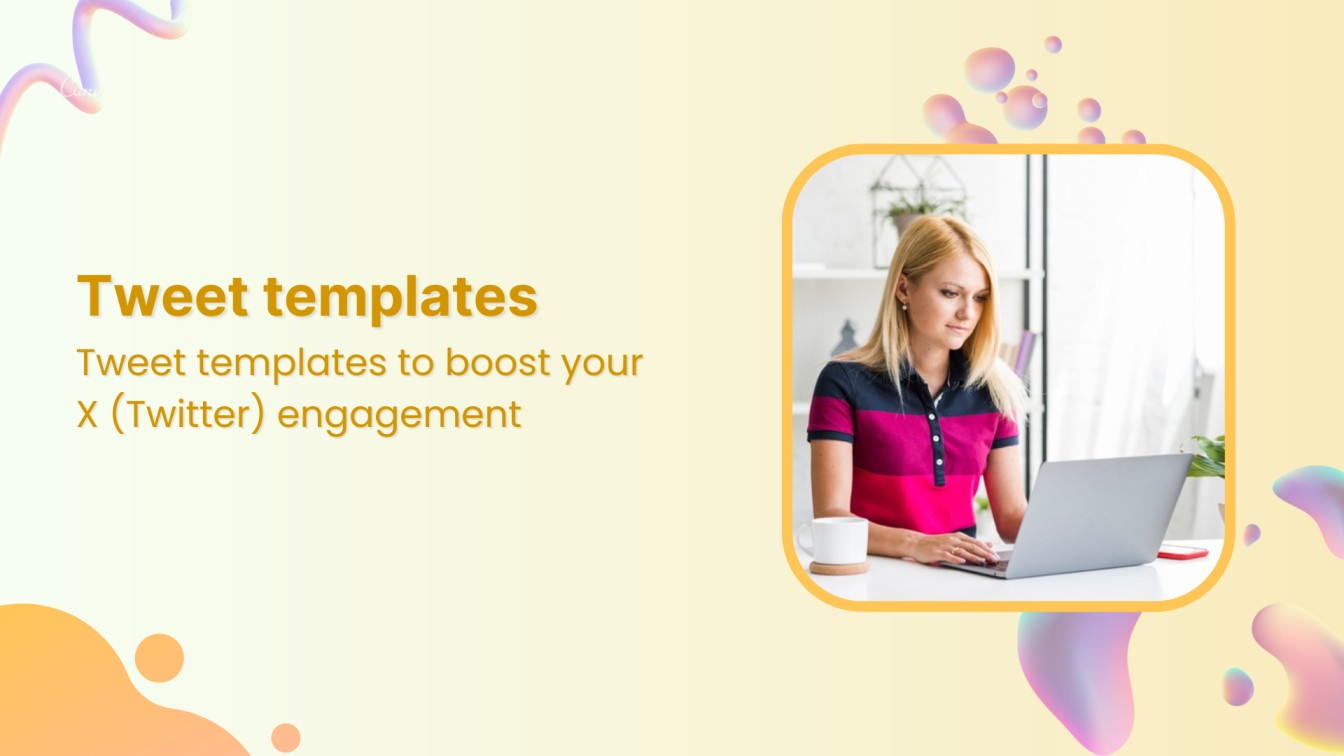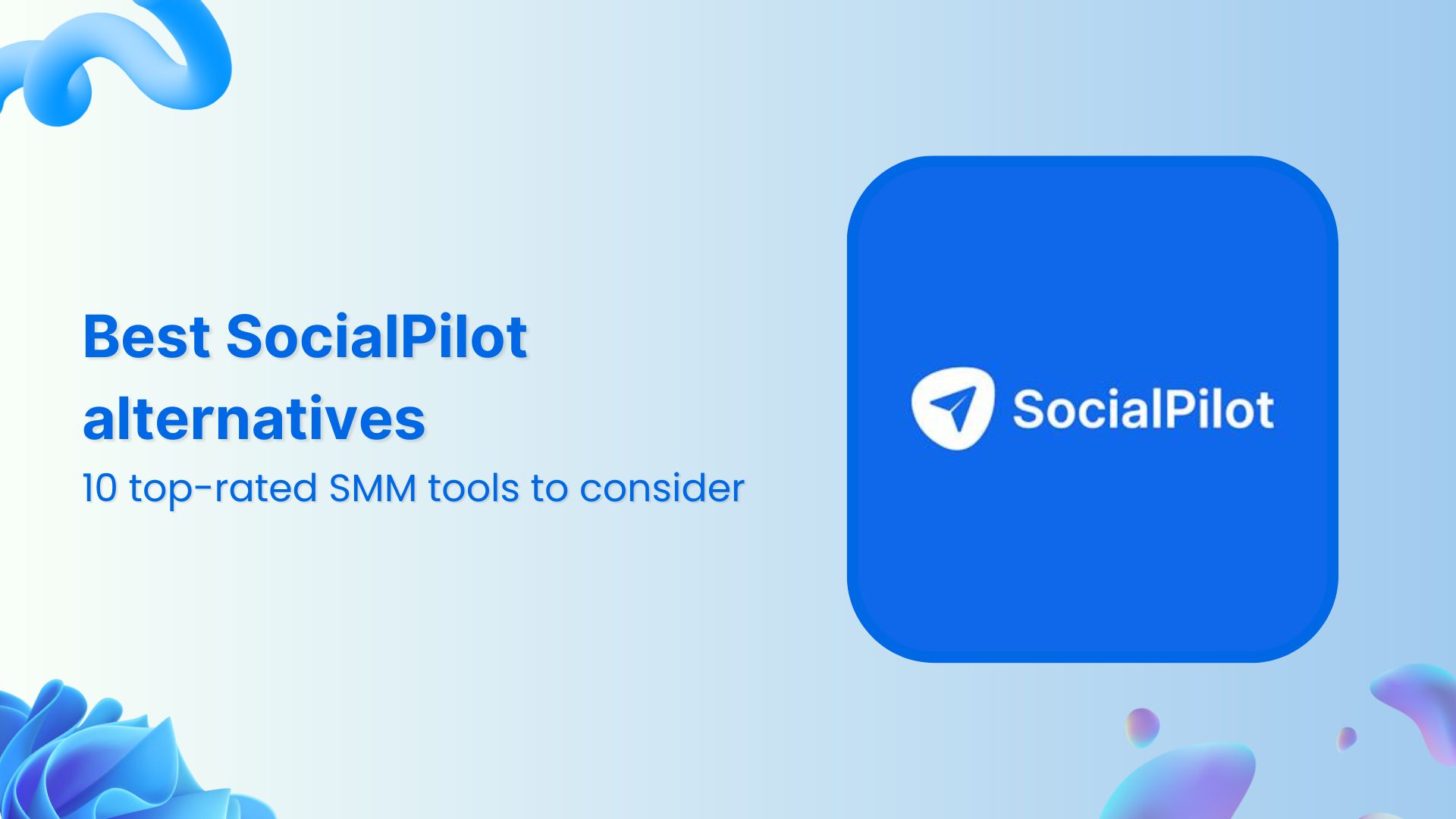????
You’d assume I’m bananas for starting this post by laughing at you. But I’m not laughing at you. No, really. I’m not.
There’s a reason this emoji’s got the top spot in this post. And it’s that this is the most widely used emoji on Twitter.
Interesting, isn’t it? But these are things you learn when you spend time on Twitter and genuinely enjoy the network.
Not on Twitter yourself? Or wondering how to enjoy the network and get the most of it?
I’ll admit, joining and growing any social network is a tough nut to crack. One that demands a lot of time, attention, and careful planning.
Once upon a time, I faced similar overwhelm. When I joined back in May 2018, I set up a profile but left it dormant for a few months.
That’s how powerful that impact of overwhelm was for me. Gradually though I started to push and shove on repeat. Until I finally cracked the code enough to gain some traction, spread some brand awareness, collaborate on various projects, and guess what (you’re going to love what comes next) get *clients*!
In other words, my time on Twitter has turned out to deliver better than expected ROI. I’ve had business come in. That’s B.U.S.I.N.E.S.S. ????
So what is that worked for me? And how can you use it to your advantage and fast forward your progress on Twitter?
Try as I might it’s hard to answer that in a line or two. This is why we’ve decided to put this case study-like guide for you. But first – why me?
Why am I putting this case study for you?
Twitter’s user base in the US is to grow by 0.3% in 2020. Its popularity among B2B circles is at a high with 67% using Twitter as a digital marketing tool.
As for the B2C sphere, 65% use the platform for marketing.
So you know what all that means for you, right?
Twitter is going to be great for you no matter which field you’ve your feet in. All it takes is planning. A LOT of it. And a scoopful of consistency.
Showing up daily – tweeting, commenting on other’s content, and participating in Twitter chats both as a guest and participant – has led me to:
- Tell the world I exist. And I write to make a living
Proof: Increased mentions, profile visits, and prospects showing up at my DM doorstep



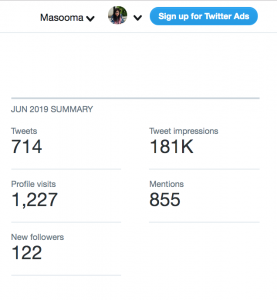


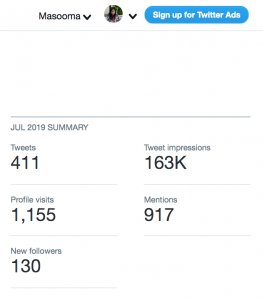


- Show that I come armed with knowledge, no matter how scant it is
Prove: I was recently invited as a guest to a Twitter chat to cover the topic, “How To Write Content That Connects With Your Audience.”
See? I told you I knew a thing or two.
- Get leads that could possibly work with me in the future
Proof: It’s hard to prove that, but you’ve got to trust me on this one.
- Tap into a network of cool freelancers
Proof: I’m writing here on the ContentStudio Blog after a freelance fellow connected me to the founder of this app for contributing a guest post.
- Get clients
Proof: The CMO of Runcloud.io reached out to me via Twitter.
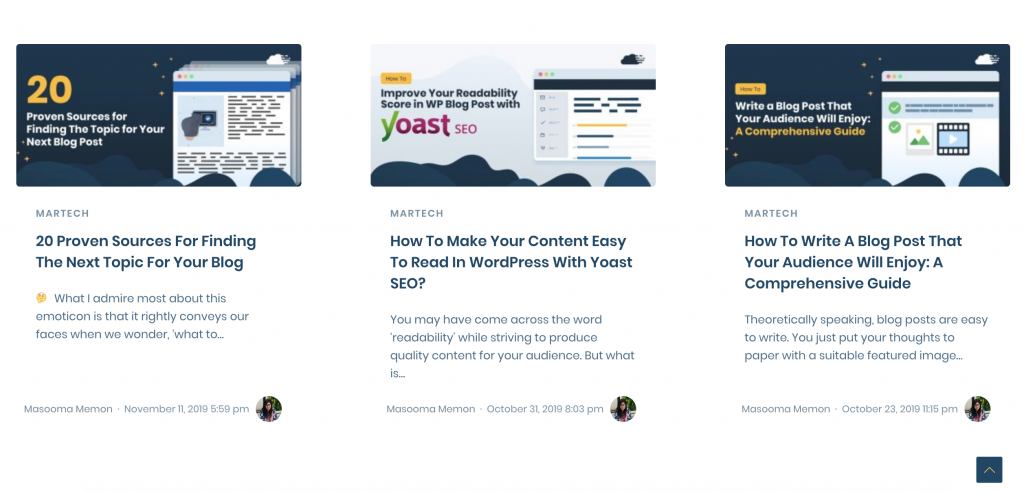


- Earn a little bit of recognition
Proof: I’m working on this post because the COO thought my activities over at Twitter are worthwhile to be documented and shared with you.
Okay, so enough of all the yammering now.
On to the meat of the matter:
Let’s start with the most important Twitter tip – Follower count is the wrong metric to track
Why did I just jump into this without telling you to start with logging in?
Because anyone can set up a social media profile. It’s not rocket science. However, telling you to not chase follower count is the most important thing here because follower count is a vanity metric.
From the outside, before joining, it always feels like follower count is a KPI that needs immediate attention.
I thought the same. But I was wrong. It’s the very case for all that glitters is not gold.
In fact, some of the influential folks in my field keep a tight list of followers. Take Leah for example:



But I didn’t know this back when I joined. So I was paralyzed with the fear of signing up for the bluebird.
Put simply, you don’t need to worry about your follower count.
But you still need to connect with the right folks, isn’t it? So here are some good ways to increase your followers:
- Offer a Twitter feed that is interesting – the kind of feed that makes the other person thinks, ‘ooh I’ve got to follow this person’
- Follow people back. Just make sure these are folks in your immediate or semi-immediate circle.
- Join communities a.k.a Twitter chats where you genuinely get to know people
At the start, it’s imperative to encounter the follow-unfollow trend.
It’s best you don’t get tangled in this mess. Follow people who you want to follow and keep following them even if they unfollow.
This brings us to another important point:
Etiquettes for following people – how do you know who to follow:
Unless you’re absolutely sure who your target audience, you’ll need to take these tips into account.
- Make notes of your ideal audience then answer the following:
Who Should You Follow: Not everyone or anybody. Only follow folks if you find their profiles interesting. Can you learn something from them? Can the connection you develop with them be of any help to you?
Who Should You Follow Back: Ask yourself the same questions that you ask yourself when following people. Plus, did the person who just followed you engage with people? If not, you’re only adding clutter to your follower list. These are folks looking to reach the 17.7k follower count. Their goal isn’t engagement – the key to success on Twitter. We’ll touch on this in a bit.
Because first, an important question:
How Do You Know Someone Will Engage With You: When you get a new follower or when you want to connect with someone but aren’t sure if they’d chat with you, click on the target’s “Tweets & Replies” section.
Their activity there will give you an idea of how engaging they’re on Twitter.
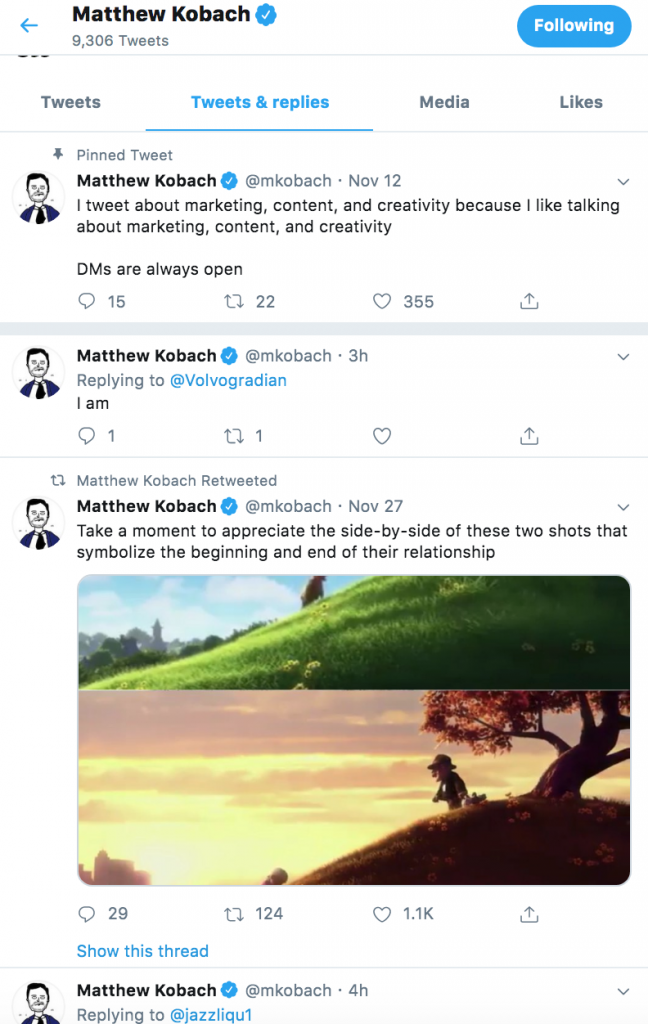


What to look for here?
- Good engagement parameter: the person leaves comments on others’ tweets and also replies to the comments on his tweet
- Average engagement sign: the person retweets content from others. Often, he leaves a comment or two
- Poor engagement: the person doesn’t comment on others’ content, rarely retweets, and only posts his tweets
If follower count isn’t the right metric – what is? Engagement
Tables have turned – it’s no more about the likes but the comments, which signify engagement.
They tell the viewer that visitors aren’t just ‘liking’ your tweets but resonating with them enough to leave a comment.



So what’s engagement, again?
The word’s so overused, it demands a refresh. Here’s what it is:
- Commenting on other’s tweets and the content they share is engagement
- Retweeting content with or without a comment is engagement
- Sharing others’ content with your followers is engagement
In short, any form of interaction is engagement. Or connect with others in simple terms.
In the Twitterverse, another version of engagement is participating in communities. So do I mean groups? Nope.
Twitter’s version of communities is Twitter chats. These bring like-minded people together at a specified time under the umbrella of a specific topic.
For instance, the #ContentChat hosted by Erika Heald gathers content marketers and related people every Monday at 3 pm EST.
We’re going to cover these in-depth shortly.
Ok, so you know engagement is important. The question is:
Why is engagement so goddamn important?
We’ve three primary reasons:
- Engagement shows you’re actually active on Twitter and would get back to people if they were to contact you
- It gets you an improved reach on the social network and allows you to slowly develop authority in your field
- Lastly, engagement shows your human side as Twitteratis figure you’re the one who is behind your handle, not a bot
All these points are interconnected. When you’re active, people can tell you are real, human, and eager to contribute to the Twitter community.
When you tweet or comment, it shows up in others’ feeds. This, in turn, improves your reach. In English, you’ll get more eyeballs on your tweets as people become increasingly familiar with you when you show up consistently.
One last thing – the engagement tactics show your human side. Your activity is proof that bots or schedulers aren’t the only ones running your social show. There’s always a right way to use a social media scheduler. But depending on it completely to run your social media is a recipe for poor social performance.
For this section, let’s leave you with some tips to engage on Twitter, which I execute myself:
- Leave comments:
Not the “great,” “excellent thoughts,” type of boring, ultra-robotic comments. Such comments are bland attempts at connecting with someone. You wouldn’t be that brusque on a date or in your office now, would you?
To leave thoughtful comments: Read. Listen. Then share your thoughts.
Tell if the content was helpful. How did you find it helpful? Or do you’ve some questions to ask? You could also have something of your own to add to it like your experience. Give it.



- Ask or answer questions
When you tweet – ask questions. And when people do that – answer questions. This ask & answer strategy has proven to be very helpful for me.
- Conduct a poll
Polls are another useful way to engage and learn from people. It takes less than half a second to vote so you’ll find lots of people voting if you set up an interesting poll.
My favorite way to go about doing this, however, is leaving room for my audience to comment too in addition to voting.
- Participate in twitter chats
We’ve already defined Twitter chats so I won’t bore you with the repeat telecast. Instead, let’s move to the next section in the flow chart – how to look for chats relevant to you?
Get binoculars and set up camp on the Twitter terrain? Nah. It’s not all that challenging.
Just keep an eye on your Twitter feed like I did and still do as I identify potential chats to join.
My circle constantly jumps into different chats. Once I notice a specific hashtag, I’ll note it down alongside the day and time it is used.
At times, I jump into a chat spontaneously. Share my opinion and properly reserve a spot for the chat for the next week or whenever the chat is scheduled for. Like Erika Heald’s #ContentChat.
I saw someone in my Twitter feed using the hashtag so I got into the chat at random and ended up becoming a regular contributor to it. Don’t believe me? Here you go.
Other times, however, I watch from the chat outskirts. Notice how people interact with each other and participate when ready. #ContentClubUK is such a chat for me.
There are still a few chats like the #SEMrushchat that are on my radar. I’ve lots of folks on my list participate there. Since it talks about several things related to my field (content marketing), I find it’s a good chat to join.
But how do I know that?
Simply click the hashtag and explore the content that shows up.
You’ll learn:
- How people interact with each other on the chat
- The topics that the hosts usually cover
- The Twitter account that hosts the chat



Alternatively, search for a chat in your field here.
Why should you join twitter chats anyway?
By now, you’d have guessed that I’m a Twitter chats’ fan. Well, that’s because chats have helped me grow tremendously.
To put into the fewest words possible, Twitter chats have allowed me to:
- Hone my opinions. I’ve learned new tips from fellow marketers and peers
- More importantly, I’ve made some very meaningful connections. Some of these are potential leads. Others are people who I can quickly reach out to for sharing their expertise in the pieces I write. A couple have even reached out to me for writing for them
- And most of all, build my authority as my circle and beyond have noticed I have an opinion to share. In fact, James Tennant, founder of Converge Today reached out to me to contribute to his post on improving content distribution.
When I asked James how he found me, he shared,
“I got in touch [when] I saw your profile because of a tweet and saw that you were a content writer. From there I read a few more tweets and liked the tone of the content. I visited your site and read some of your content and really enjoyed it too. It all proved to me that you were good at what you do and you’d have some great insight to share.”
So that’s an all-round win, isn’t it?
But it’s not easy as it may sound. It wasn’t always so good.
And let me tell you a secret. I made lots of mistakes in my early Twitter days. For example, I joined a bloggers chat thinking that was my target audience.
It wasn’t.
And I made no meaningful connections.
But luckily, I joined the chat only 2-3 times before realization dawned and I stopped wasting my time.
Additionally, there are a few supplementary things you need to do alongside participating in chats.
Firstly, remember than you’re participating to build lasting connections. Also, not every connection you make has to be a lead or a client. Nope, that’s not how you build authority.
Secondly, maintain an active presence on Twitter. That’s how you’ll be able to interact with the new connections you make. Plus, your new friends won’t forget about you outside of the chat hour if they see you around the Twitterverse regularly.
Thirdly, continue providing value outside the chat timings.
This brings us to another important question.
What should you share on Twitter to build your authority and win leads?
Now that follower count and engagement are out of the way, let’s get on to another crucial aspect of any Twitter marketing plan – the content.
You’re free to share almost everything including a bit of your personal life to show your personality.
For instance, share your achievements like what you accomplished in the week or the day. This gives your audience a behind the scene (BTS) look into how work unfolds at your end.
Irrespective of what you tweet, make sure you always try to add life to your account. After all, all that work and no play makes Jack a dull boy. In other words, all those work-related tweets and no play makes your feed a dull one.
Here are some bright ideas regarding what you can share:
- Your achievements whether they’re yearly, monthly, or daily
- A background look into your work
- Social proof
- Your work (but not all that time)
- Ask a question
- A business or life update
- Lessons you’ve learned
- A relevant quote
A word of caution though – don’t make this about you only.
Put another way, don’t share its own content all that time. Because this shows you as a self-centered person. One that toots his own horn. And it leaves your reader wondering, “what’s in it for me?” ????
Beat this by sharing insanely valuable tips.
I’ve taken to sharing tips related to writing. Turns out the #writingtip and #writingtips hashtags are pretty popular so I can easily add value here.
Or, share quotes. But not random ones. Only those that align with your goals. Mine? Writing and marketing quotes from influencers in my field.
Sometimes, I also merge fields like here:
What’s more, you can share your connections’ work. This is also a good way to grow your terms with others in your industry and beyond. Plus, you can maximize your reach.
It’s a good way to build relationships (Psst! This could be a relationship with your next client. So play smart, mate).
But this begs the question – should you share curated content on Twitter? Yes. *nods her head*
Let’s look into this in detail in the next section.
What to post on Twitter – Curated content v/s your content
Curating content is one of the best ways to build connections on Twitter, generate leads, and engage with your followers.
I used to be religious about sharing valuable content from other credible sources. Hence, at the start, I used to schedule pieces alongside my take on them on a regular note.
Now that my Twitter account has picked up, I’m more random about curating content. But I’m always strategizing – meaning I pick only the crème de la crème.
When sharing curated content, I always ask myself, does this help my audience in any way? Is it unique and worth sharing? And most important of all – will it encourage readers to engage with me?
Most of the time, I’m subconsciously looking for content pieces that’ll spark a discussion. This is my fav kind of content to tweet. To maximize the odds of starting a discussion, I’ll add a question.
Adding a Q always encourages people to comment. Or retweet with comment. In my experience, this works like magic:
How would you know what curated content you should share?
I’ve covered a detailed guide. But some important pointers to keep in mind are:
- Make sure your audience can relate to it
- It provides value to them &
- Share insights that are unique
One last thing – always and I mean always add something to the piece.
Don’t just copy and paste the title and tweet it. That’s a big NO. It shows that you’re tweeting it out for the sake of tweeting.
What you can do instead is pull out a quote from the curated content. Or tell what you learned from it. You can also add your thoughts on the subject matter. Here’s an example of how:
How to write tweets that get engagement?
By now you know that tweeting about yourself is not enough. You’ll need to curate content, jump into Twitter chats, retweet interesting takeaways with your comments, and much more.
Of course, all this involves a lot of writing. So let’s talk about the writing talk now. How will you write tweets that get engagement?
This has taken me a lot of experimenting. In the end, I’ve learned (and will continue to learn):
- Write in a way that you’re relatable. No one will interact with you if your message does not resonate with him
- Share value. And as much value as you can.
- Show your personality. This is the part that’ll show you who you are and give a glimpse of your life outside of your work, which is very important for making connections
- Be vulnerable sometimes. Again, this shows off your human side. And it’s the currency to building lasting relations online.
- Play with your tweet’s structure. This instantly catches your viewer’s attention. For instance, add some space between your tweets. Here’s an idea:
- Don’t overdo it with the hashtags. I’m guilty here but hey! I learned my lesson. I didn’t overfill my tweet with hashtags but I often went on to adding four hashtags. That’s an over-do though. It negatively influences your tweet’s aesthetics.
- Include visuals. Not only do visuals make your tweet attractive to the reader’s eye but they also brighten your feed, adding variety to it and make it eye-catchy. Here’s what I mean:
Feel free to spice your tweets up with memes, videos, graphics, pictures GIFs (my favorite ways to share my expressions) and screengrabs.
- Get to the point. When I write a tweet, I always make sure that the most important point is mentioned first. You don’t have the space to build your plot in a tweet. So dive straight into the climax. Then add details. Moreover, only start a thread when you’ve something truly invaluable to share
This tweet will give you an idea of what I’m saying here. I wrote two versions of the same tweet and the one that I tweeted is on the right side.
Not how it doesn’t dilly-dally.
Over to you
We’ve come a long way. If you’ve read this post down to the last dot – I’m truly grateful. Cheers to your Twitter success. Tweet at us if there’s something you think we missed or would like to know more about.
P.S. There’s still a lot left to cover. But there can always be a part 2 or an eBook.
Masooma Memon
Masooma Memon is a pizza-loving freelance writer by day and a novel nerd by night. She crafts research-backed blog posts and articles for small businesses and app companies who aim to employ quality content to educate and engage with their audience.

